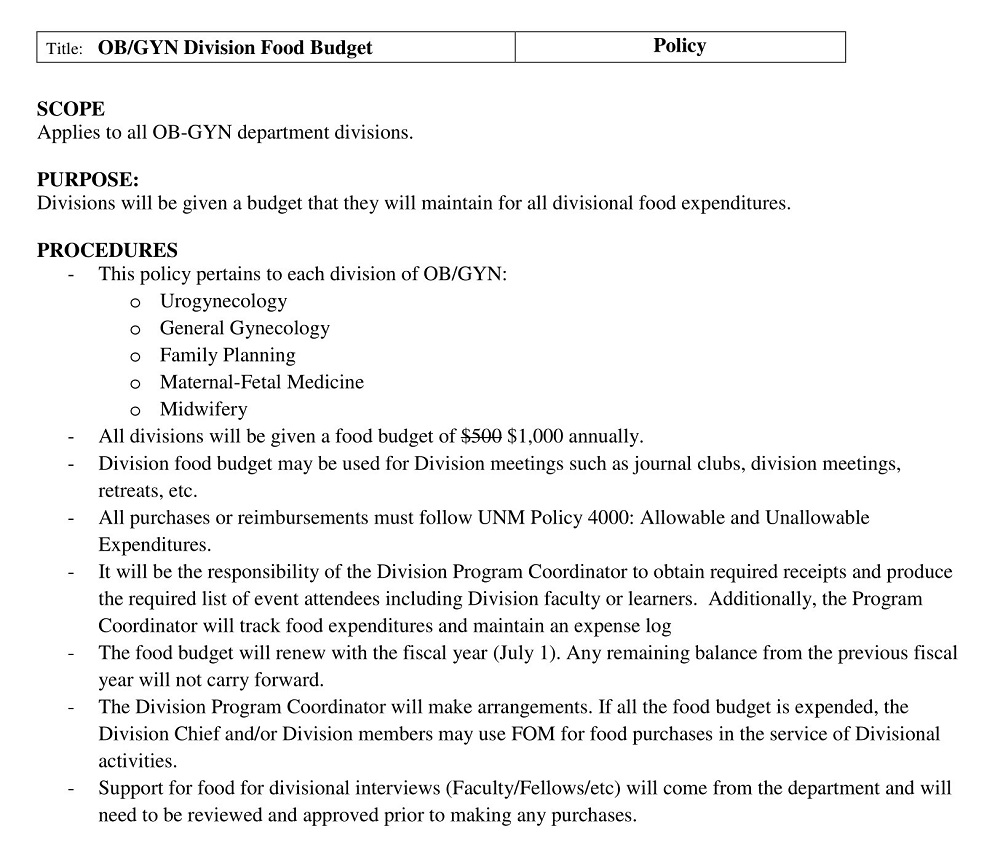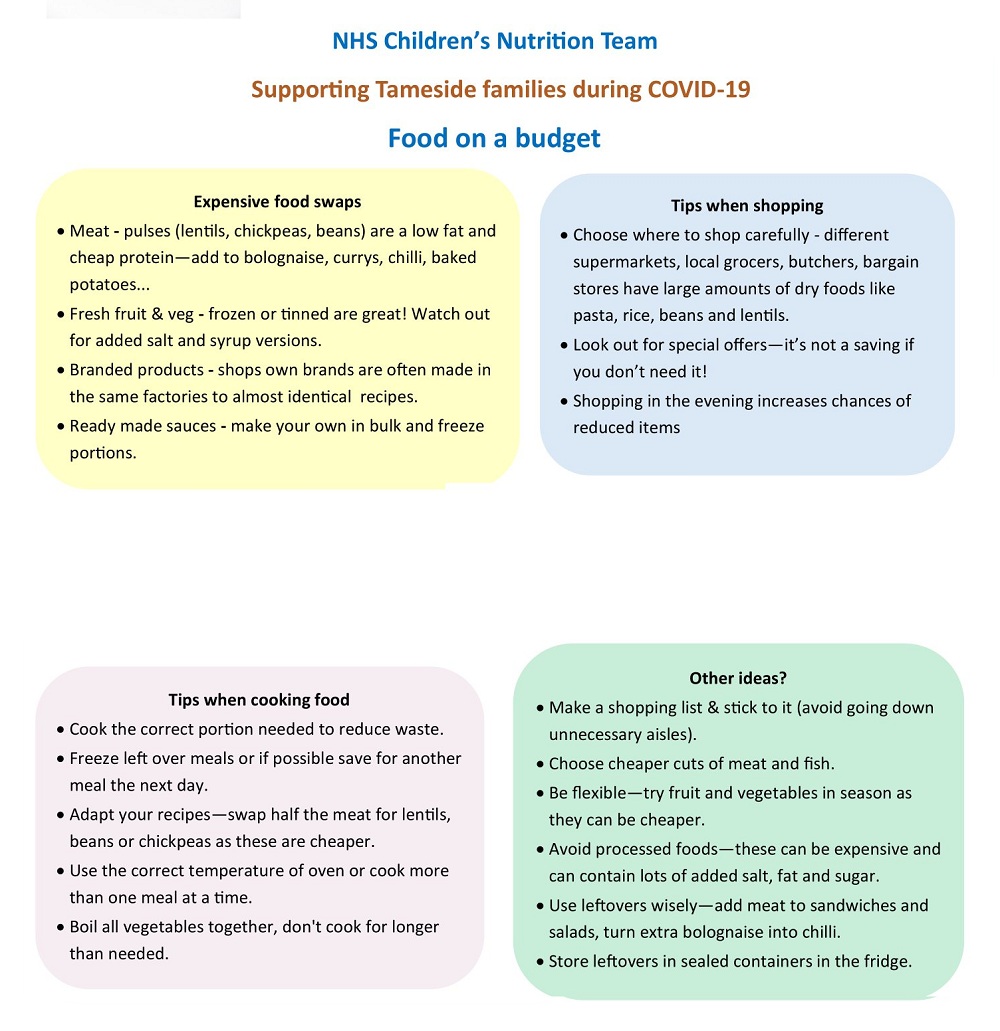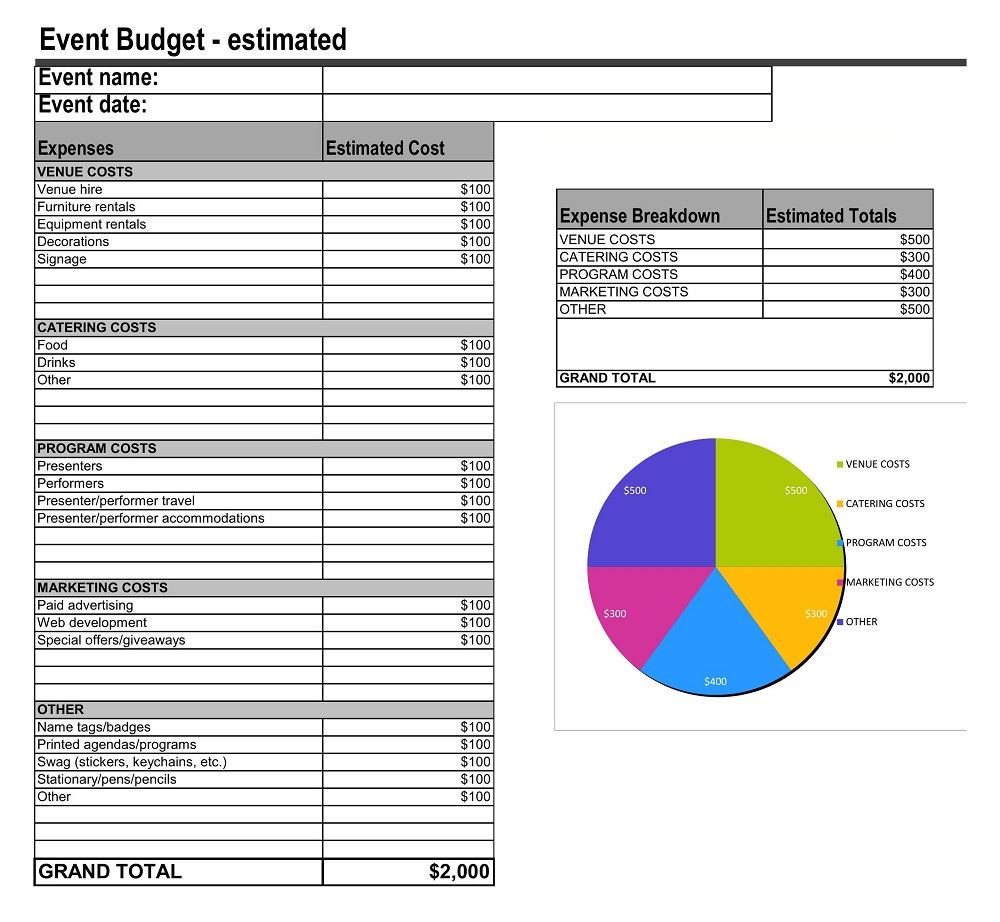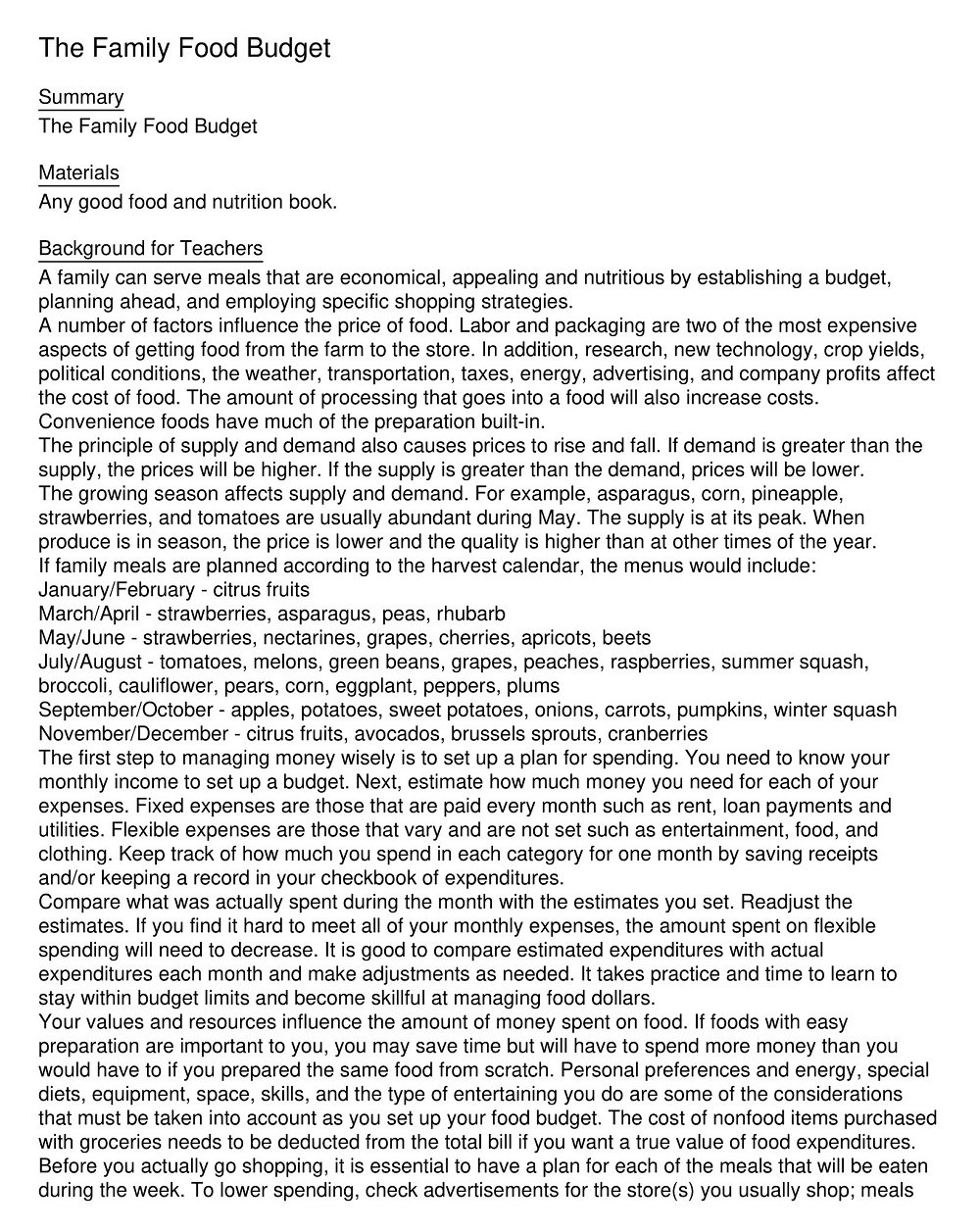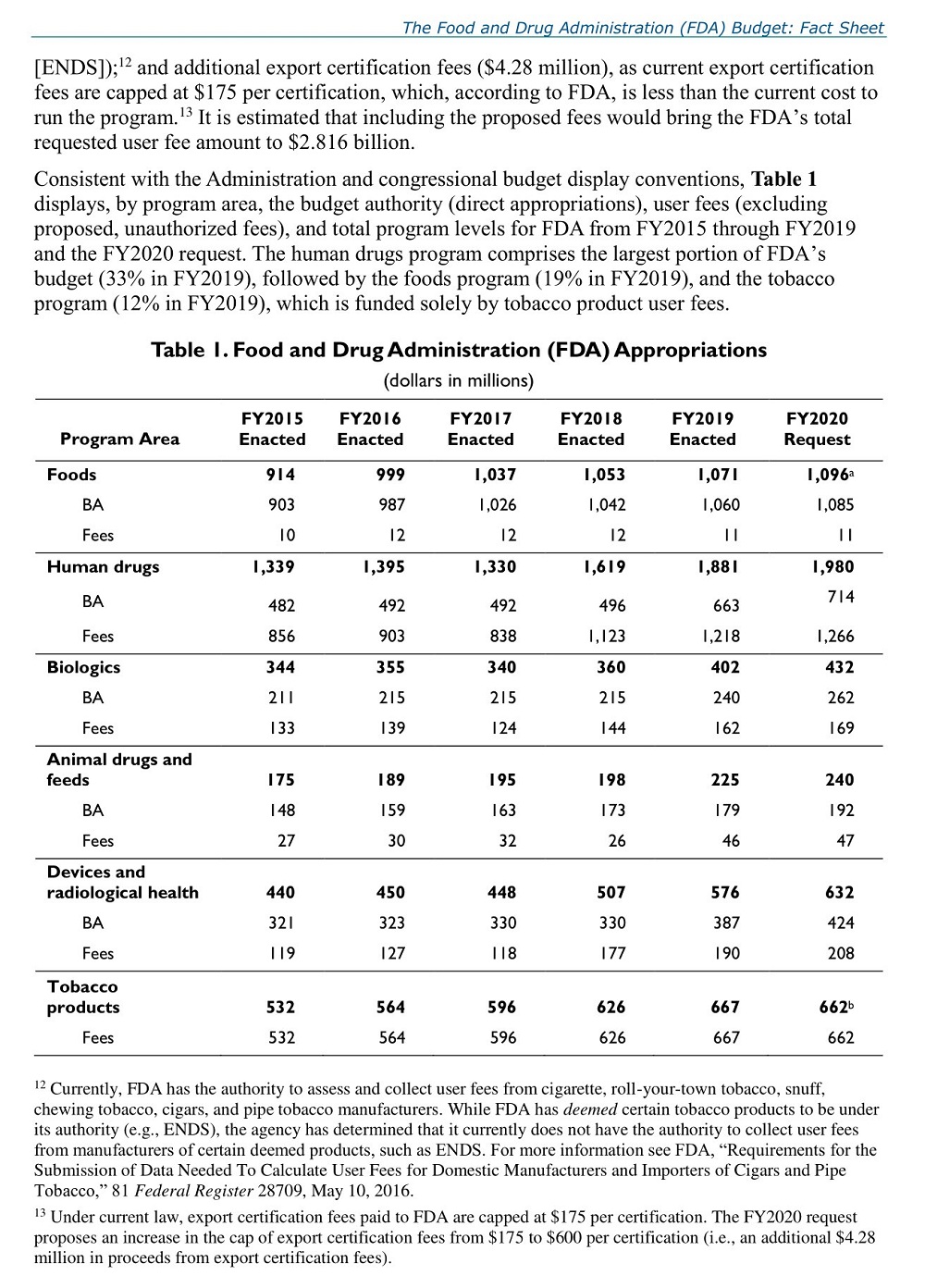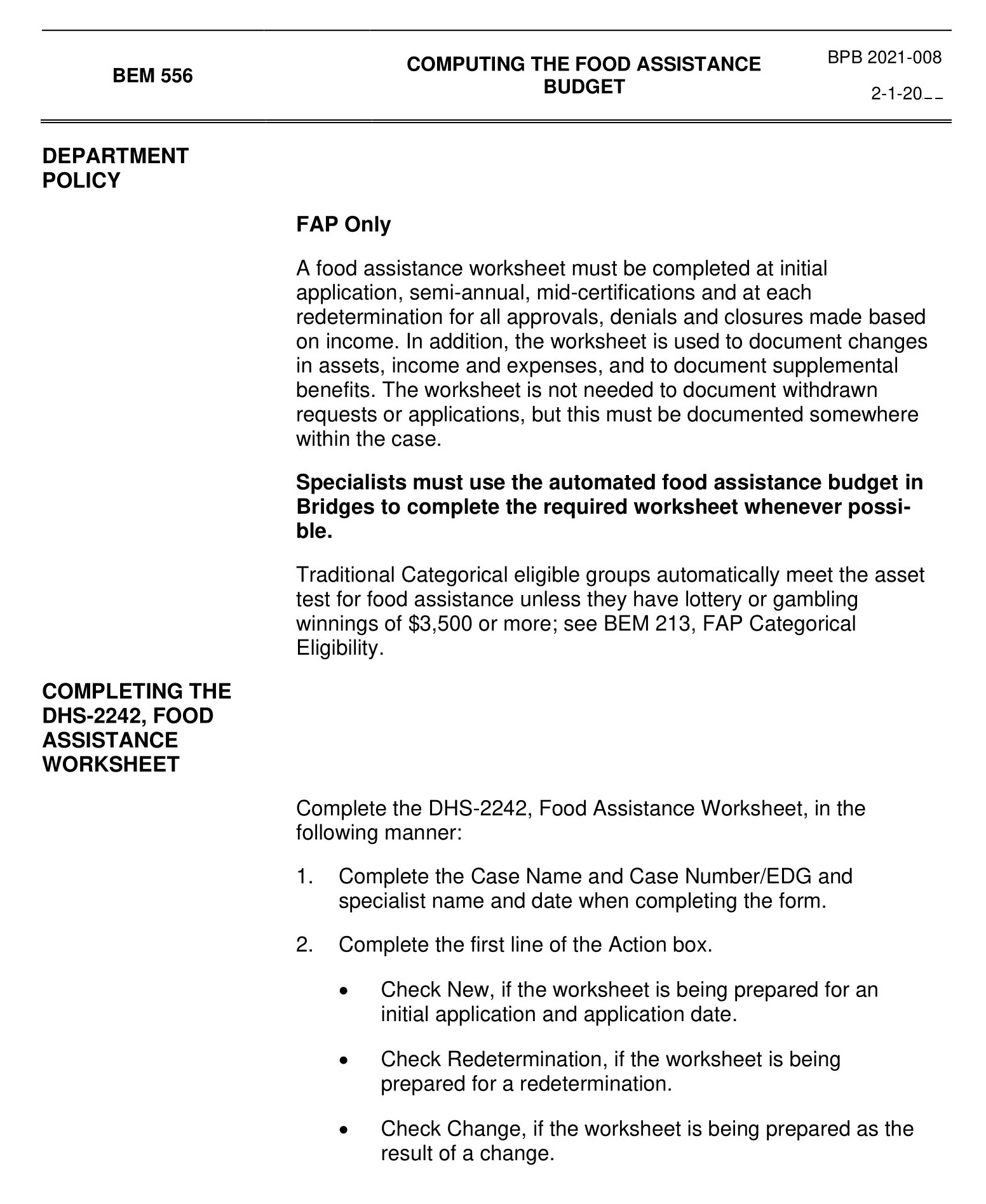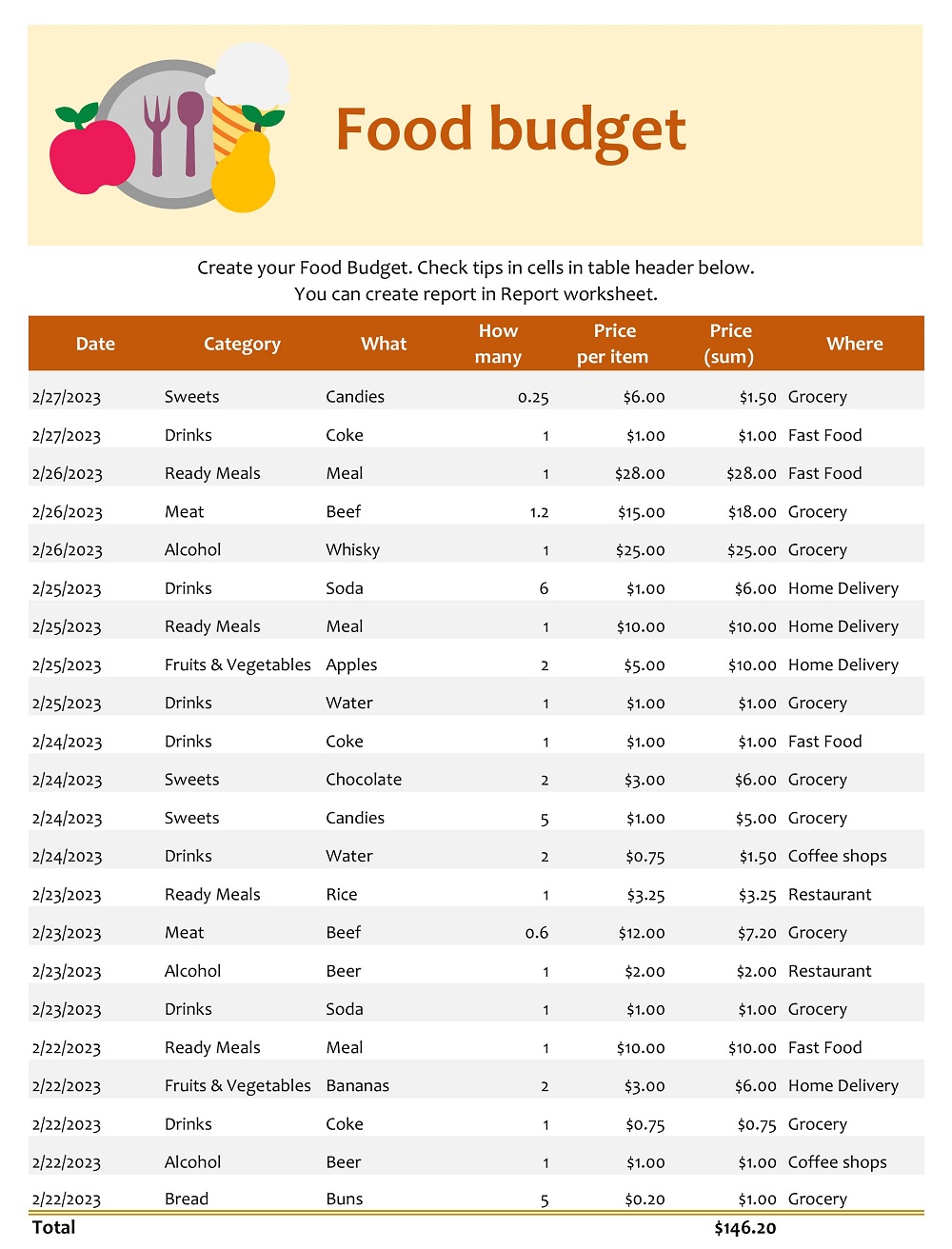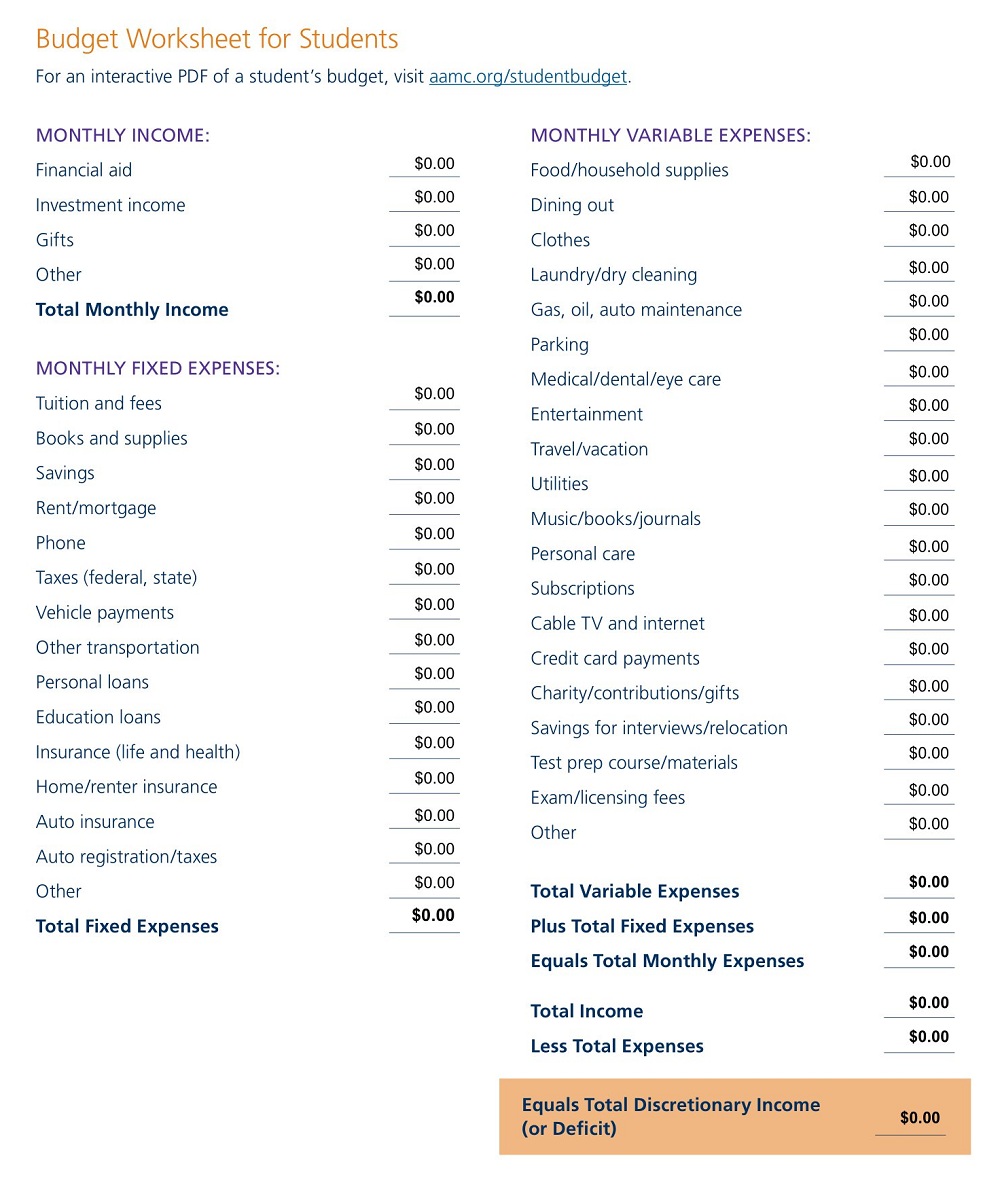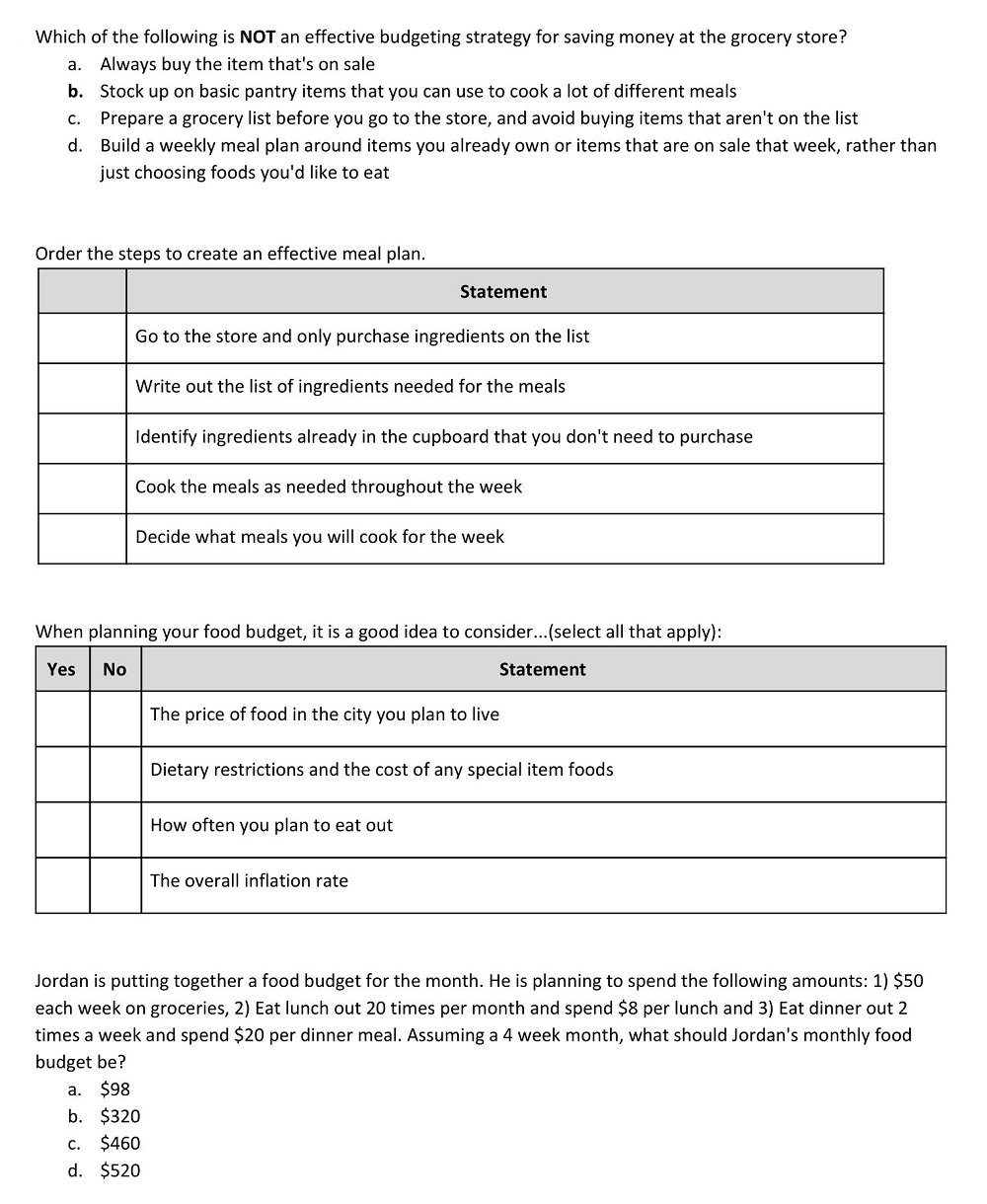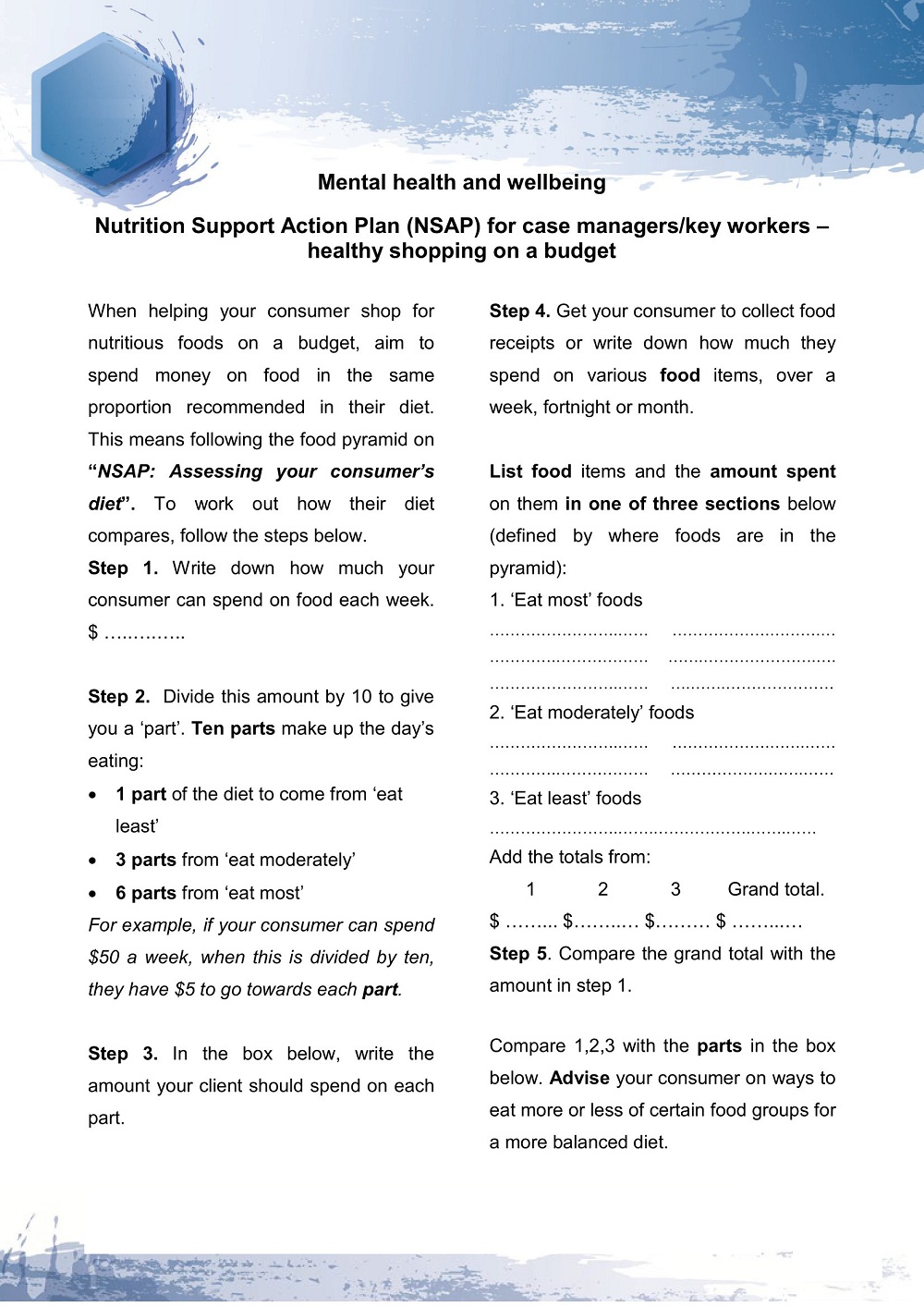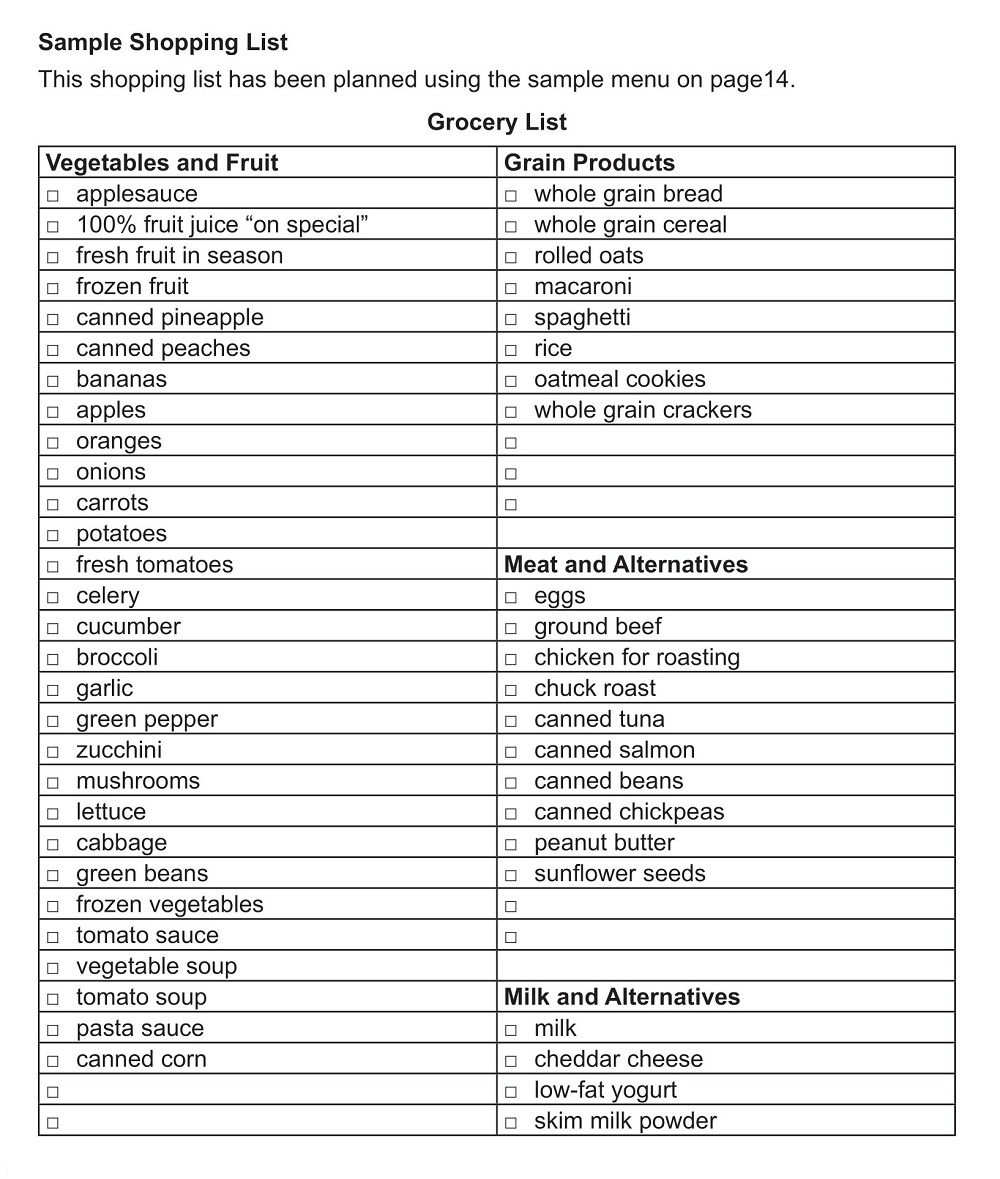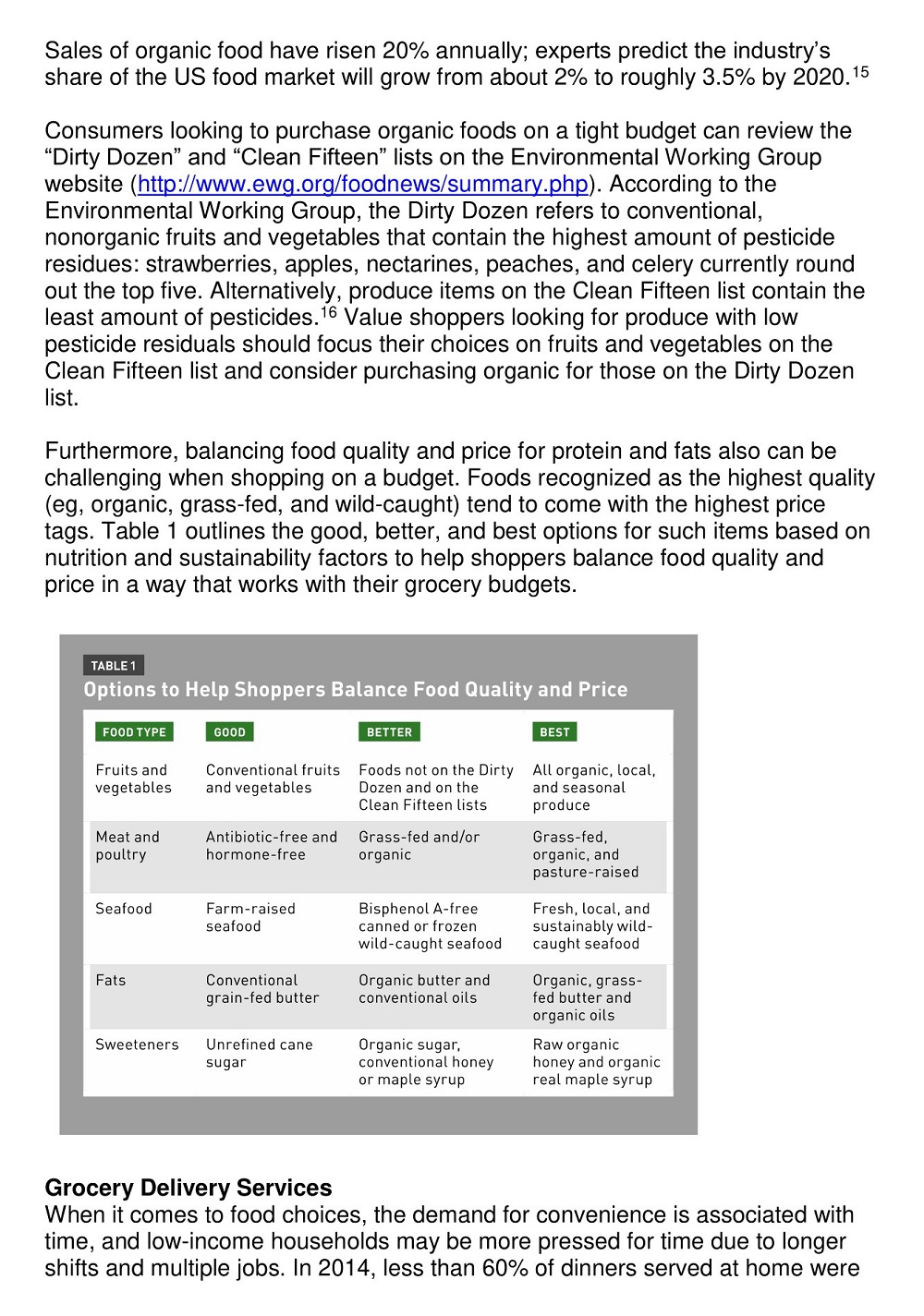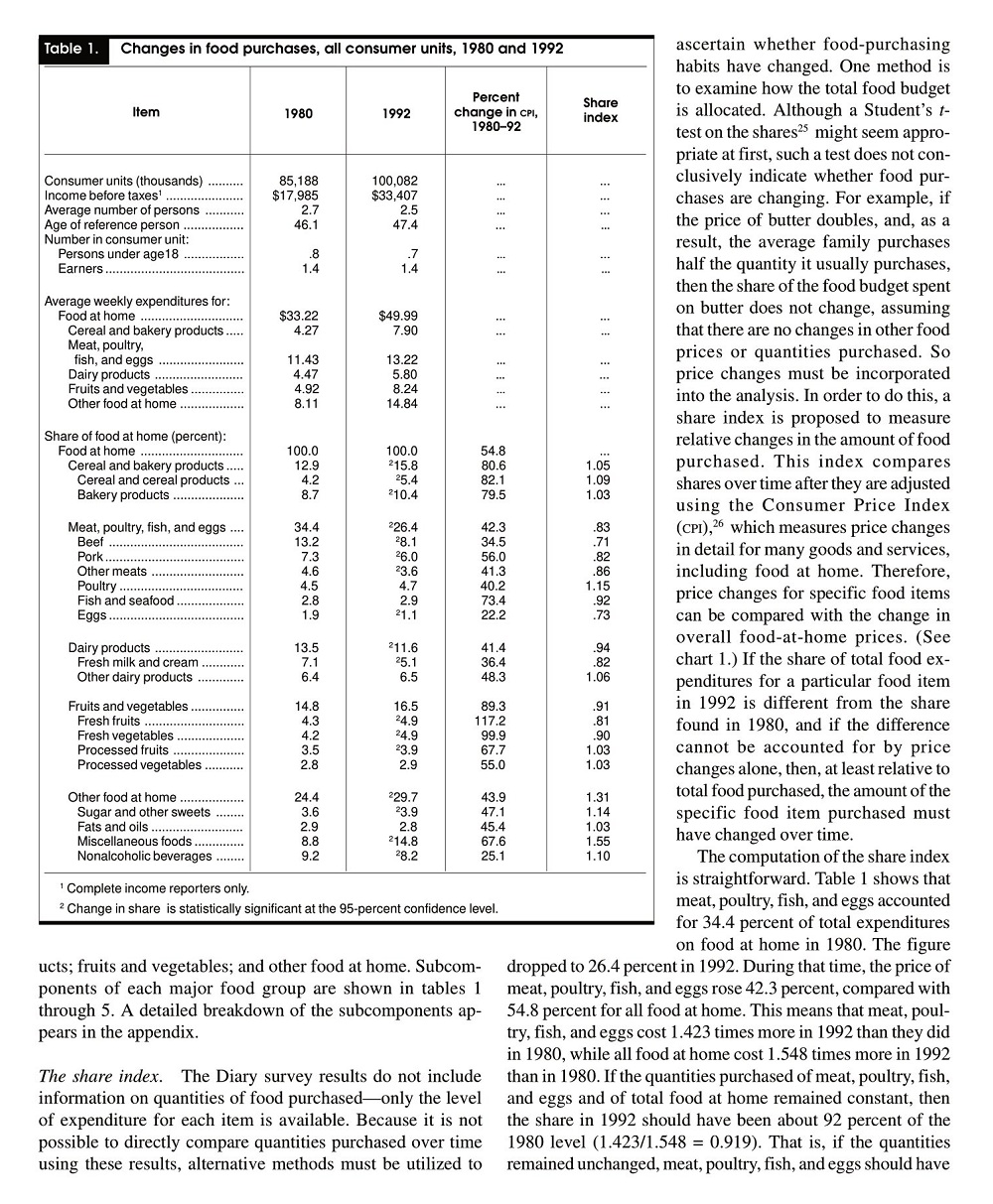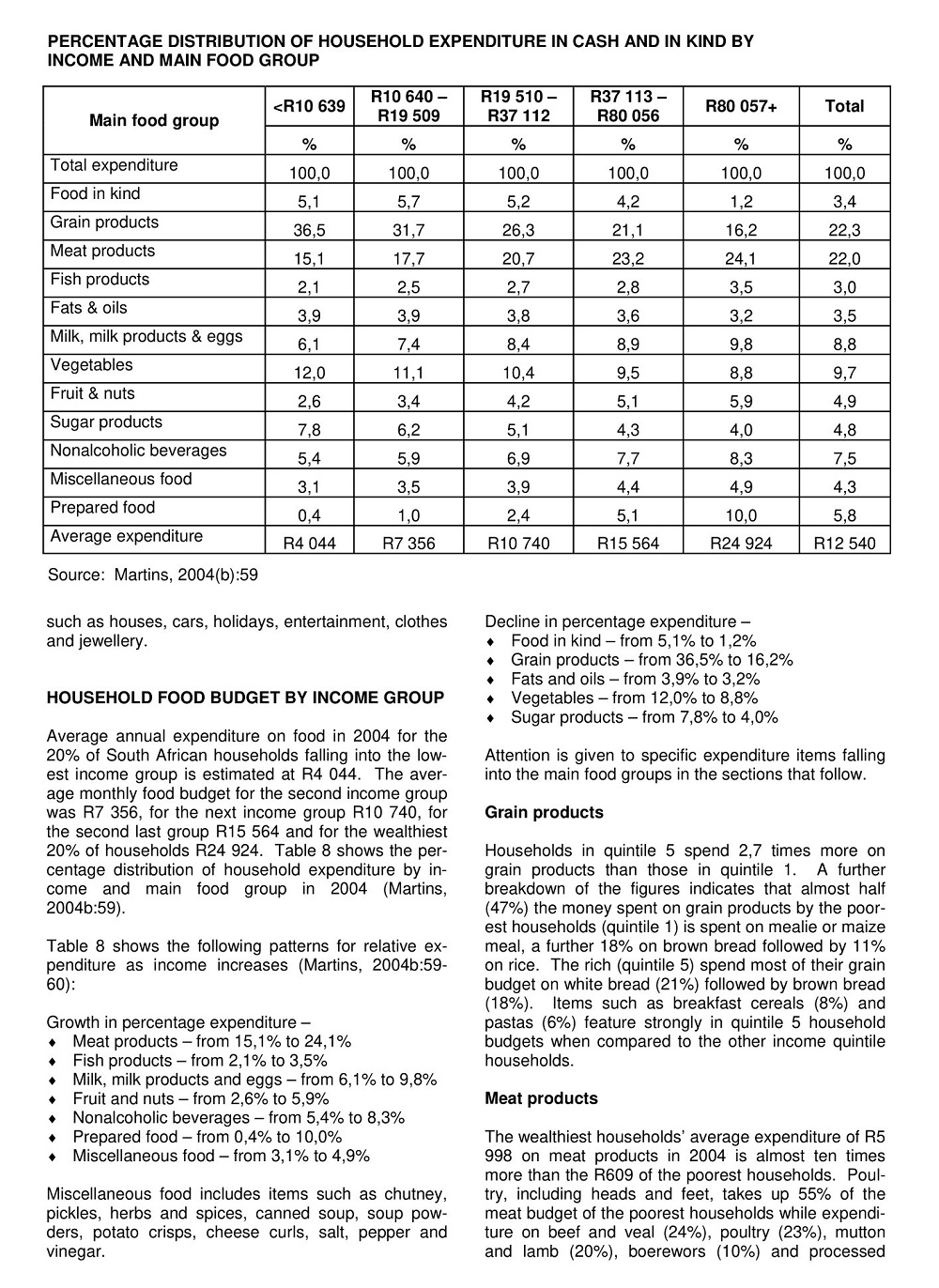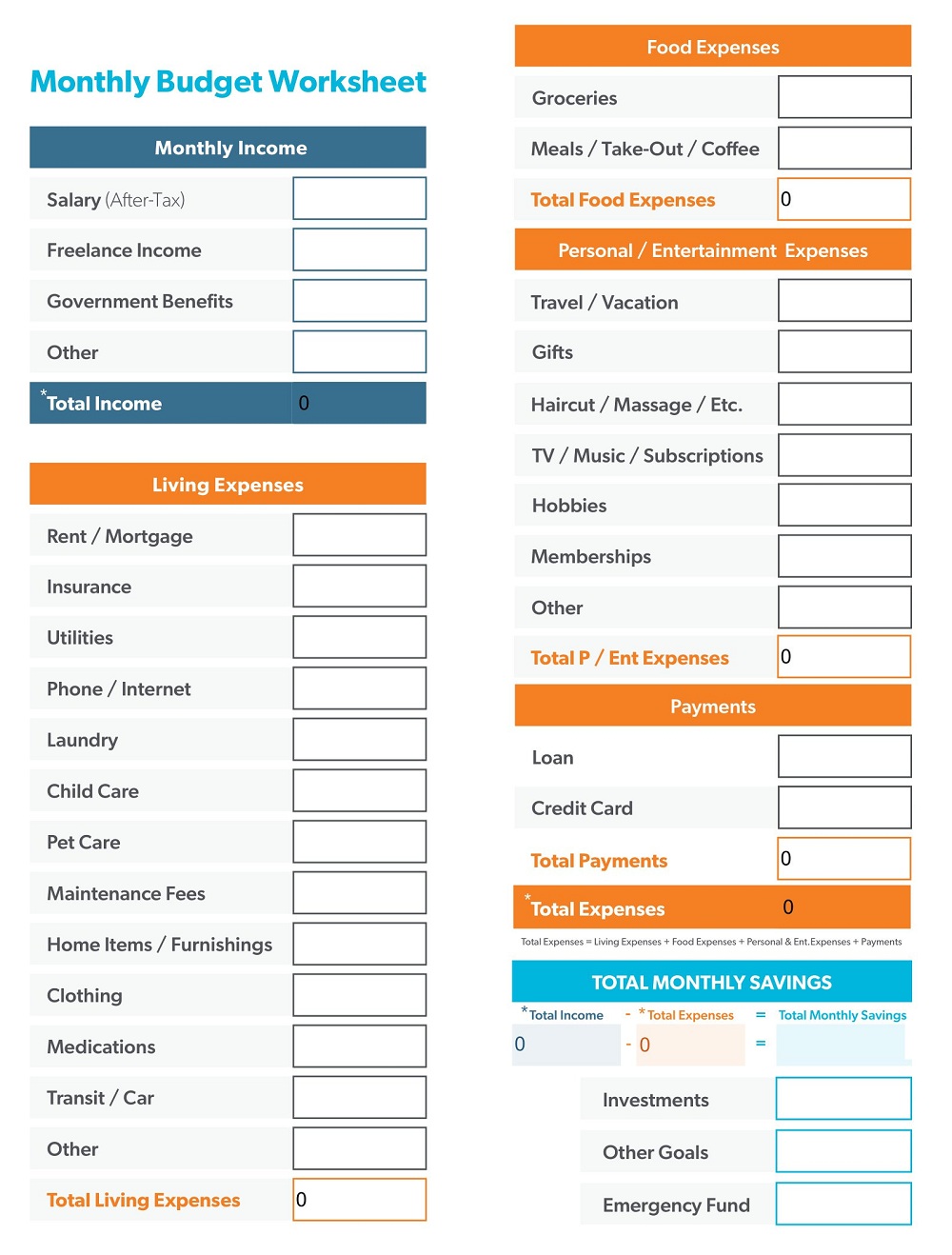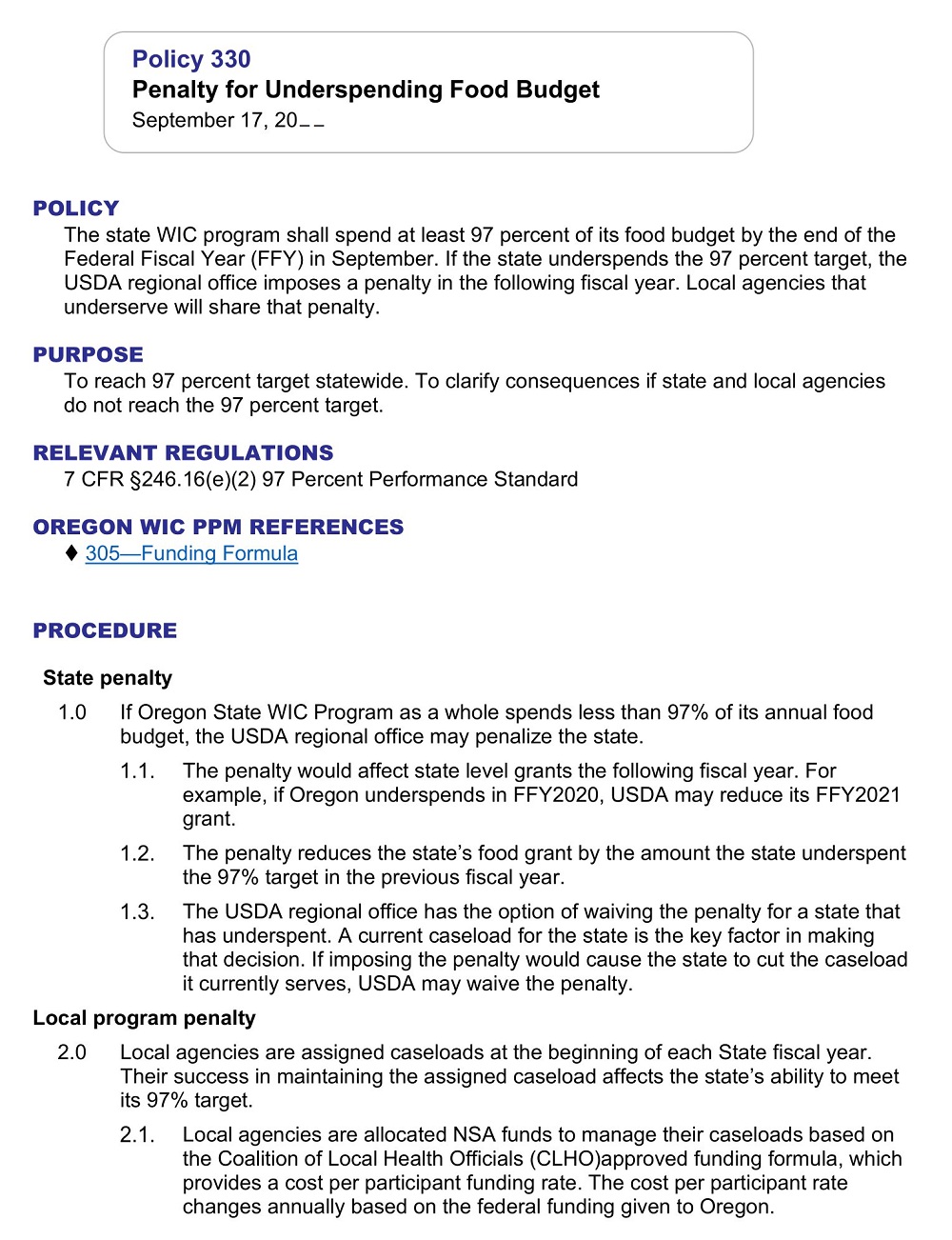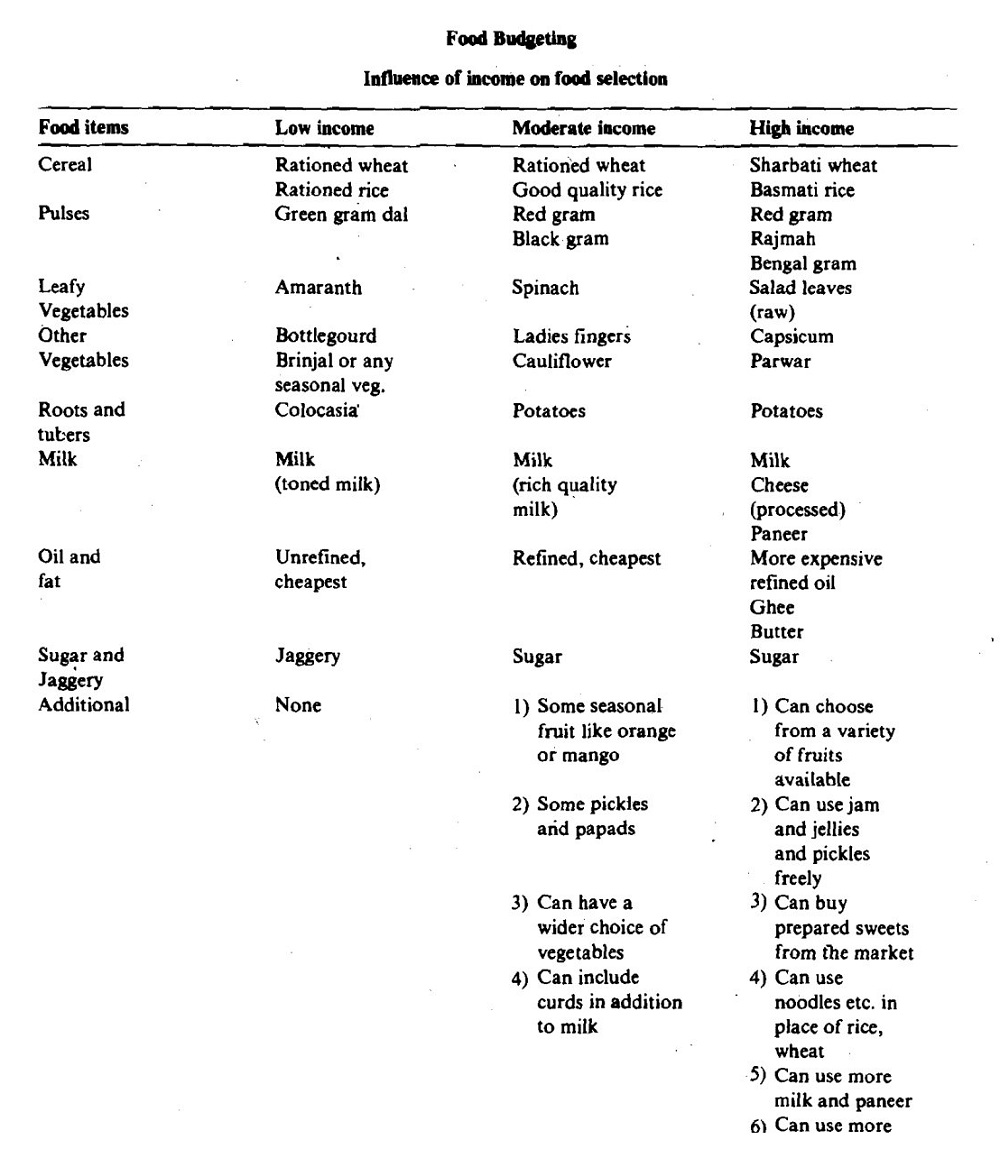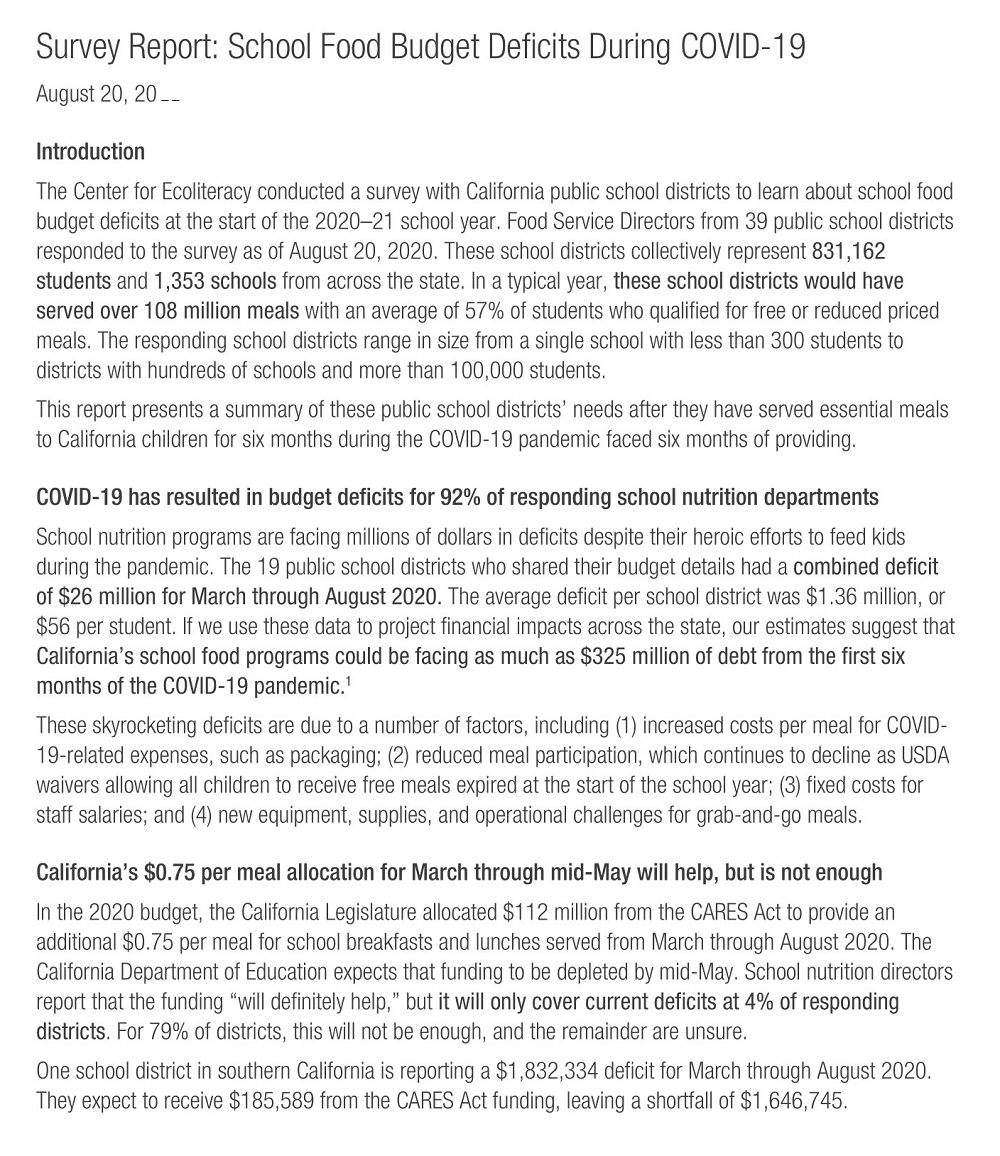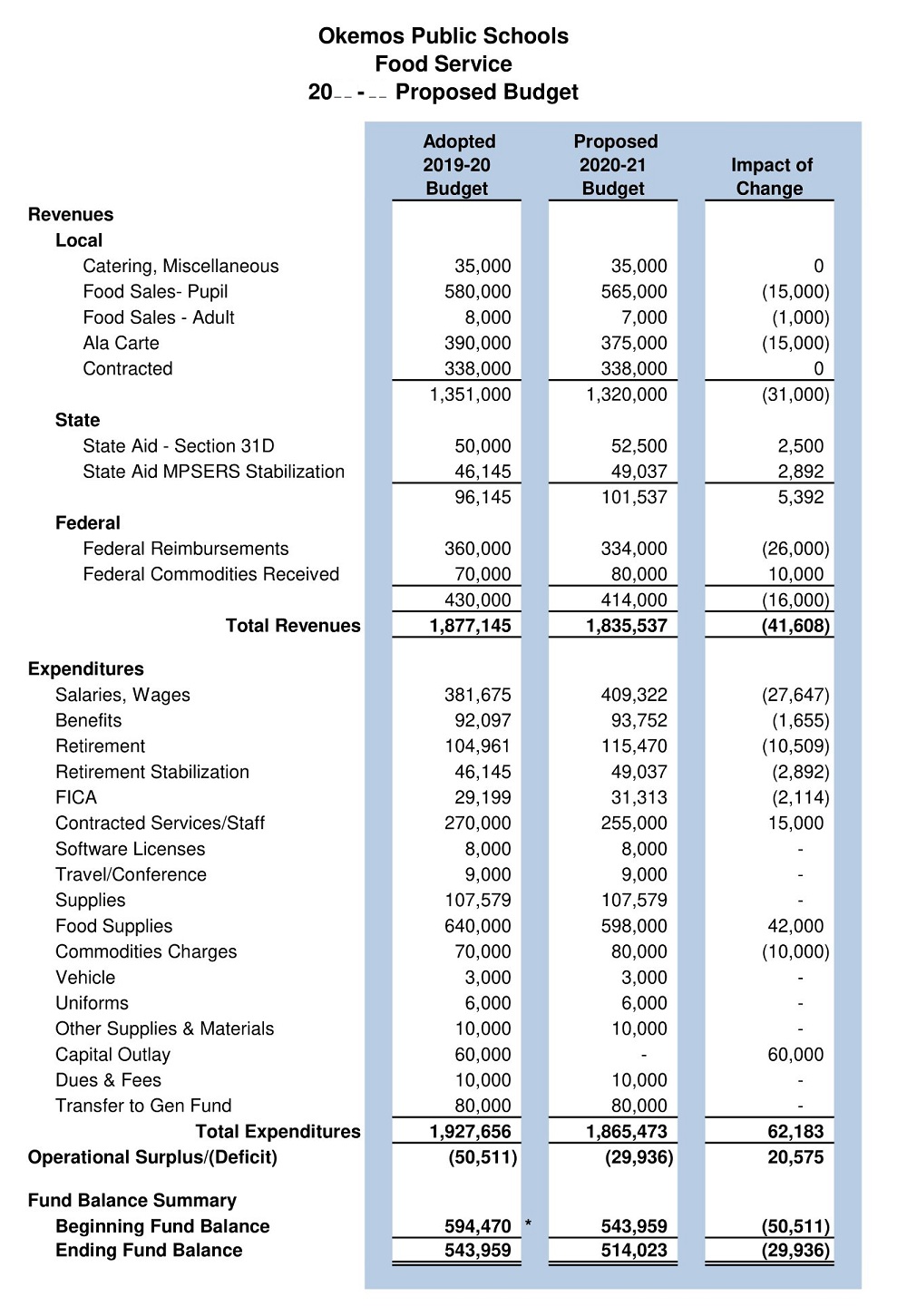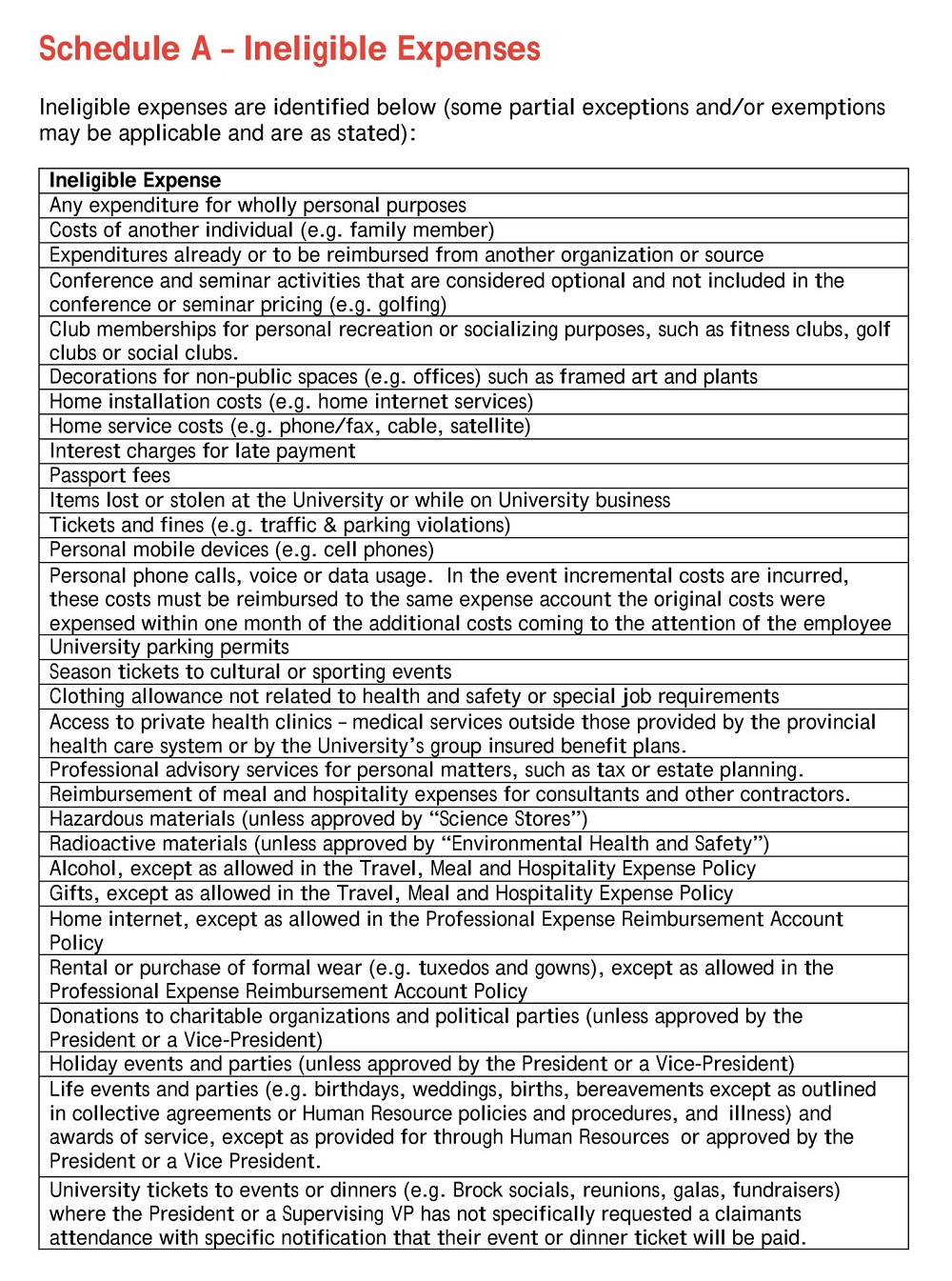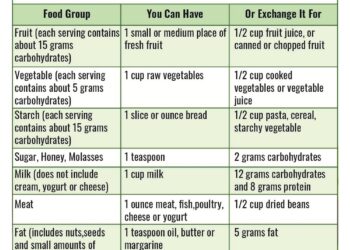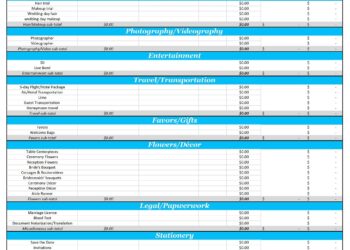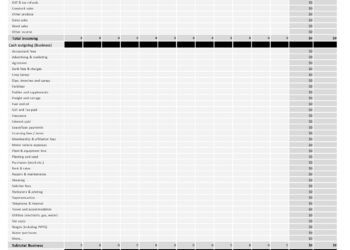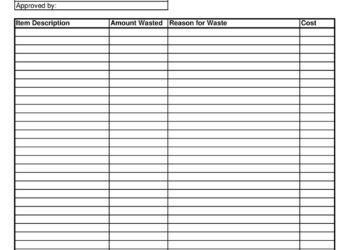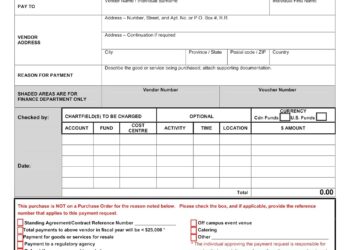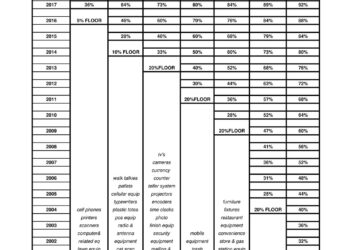Managing your food expenses is an essential part of maintaining a healthy financial life. There are numerous free food budget templates available that can help you take control of your finances and eating habits.Whether you’re looking to save money, track your spending, or make healthier food choices, having a budget in place can be incredibly beneficial. In this article, you’ll find a collection of free Food Budget Templates and Samples in PDF, Word, and Excel format that will help you to make your budget effective.
Taking control of your food expenses is not only beneficial for your wallet but also for your overall well-being. Free food budget templates provide a practical and efficient way to manage your finances while making healthier food choices. Finally, having a budget satisfies the need of feeling in control financially which often leads to better stress levels when it comes to managing money overall.
Download Free Food Budget Templates
Basic Division Food Budget Template
|
Child Care Food Budget Template
|
Childrens Food Budget Template
|
Event Food Budget Template
|
Family Food Budget Format Template
|
Family Food Budget Template
|
Family Monthly Food Budget Template
|
Food and Drug Budget Template
|
Food Assistance Budget Template
|
Food Budget Detail Worksheet
|
Food Budget Tempate Excel
|
Food Budget Worksheet for Students
|
Food Grocery Budget Template
|
Food Meal Plan Budgeting Sheet Template
|
Food Menu Planning Budget Template
|
Food Plan Budget Template
|
Food Security Budget Template
|
Food Shopping Budget Template
|
Formal Food Budget Template
|
Health Meal Planning Budget Template
|
Healthful Foods On A Budget Template
|
Healthy Food Eating Budget Template
|
Home Food Budget Template
|
Household Food Budget Template
|
Mid-Day Meal Budget Template
|
Monthly Food Budget Template
|
Monthly Food Budget Worksheet Template
|
Penalty For Underspending Food Budget Template
|
Sample Food Budget Template
|
Sample Stretch Food Budget Template
|
School Food Budget Template
|
School Food Service Budget Template
|
Student Food Budget Template
|
Travel Meal Budget Template
|
What is a Food Budget?
A food budget is a financial plan that outlines the amount of money allocated for food expenses over a specific period, such as weekly or monthly. It helps individuals or households monitor and control their spending on groceries, dining out, and other food-related costs. The purpose of a food budget is to ensure that money is allocated wisely, prevent overspending, and promote mindful eating choices. By setting a budget, individuals can prioritize their food expenditures, track their expenses, and make adjustments as needed to meet their financial goals and maintain a balanced diet.
Benefits of Using Food Budget Templates
A food budget template is a pre-designed document or digital tool that provides a structured format for creating and managing a food budget. It typically includes sections or categories for different types of food expenses, such as groceries, dining out, snacks, and beverages. A meal budget template serves as a guide to help individuals or households plan and track their food-related expenses. It often includes columns or sections for entering estimated and actual costs, allowing for easy comparison and monitoring of spending.
- Financial Awareness: Food budget templates provide a clear overview of your food-related expenses, enabling you to have a better understanding of your spending habits. This awareness allows you to make informed decisions and take control of your finances.
- Expense Tracking: Budget templates help you track your food expenses effectively. By regularly entering your spending data, you can easily monitor how much you’re spending on groceries, dining out, and other food-related categories. This tracking feature helps you stay within your allocated budget and identify areas where you can cut back or make adjustments.
- Goal Setting: Food budget templates allow you to set financial goals related to your food expenses. Whether you want to save money, reduce dining out, or allocate funds for specific dietary needs, these templates help you establish realistic goals and track your progress towards achieving them.
- Savings and Financial Stability: Using a food budget template promotes savings and financial stability. By setting limits and monitoring your food expenses, you can identify opportunities to save money, avoid unnecessary purchases, and allocate your resources more efficiently.
- Meal Planning: Many food budget templates incorporate meal planning features, enabling you to plan your meals in advance. This not only helps you stay organized but also allows you to make healthier and cost-effective food choices. Meal planning reduces the likelihood of impulse purchases and wastage, leading to both financial and dietary benefits.
- Decision Making: Having a food budget template at your disposal empowers you to make informed decisions about your food-related expenses. It provides a clear overview of your financial situation, enabling you to evaluate priorities, make trade-offs, and allocate resources accordingly.
- Peace of Mind: Using a food budget template brings peace of mind by providing a sense of control and stability over your food expenses. It reduces financial stress, ensures that you’re meeting your financial goals, and allows you to enjoy your meals without worrying about overspending.
These templates serve as valuable tools for managing your food expenses effectively and promoting financial well-being.
When Should You Use a Food Budget?
A food budget is essential for maintaining financial stability and control over your food-related expenses. It provides a framework for managing your finances by setting limits and allocating funds specifically for groceries, dining out, and other food items. By adhering to a food budget, you can track your expenses, avoid overspending, and make informed decisions about your food choices. Ultimately, a food budget helps you stay financially disciplined and ensures that you allocate your resources efficiently to meet your nutritional needs while staying within your financial means.
You should use a food budget whenever you want to take control of your food-related expenses, make informed financial decisions, and achieve specific financial or dietary goals. Here are some situations when using a food budget can be particularly beneficial:
- Financial Goals: If you have financial objectives, such as saving money, reducing debt, or managing your expenses more effectively, a food budget can help you allocate resources and track spending to meet those goals.
- Tight Budget: When operating on a tight budget or facing financial constraints, a food budget becomes essential for prioritizing spending, avoiding unnecessary purchases, and making the most of available funds.
- Lifestyle Changes: Life events like starting a new job, moving, or changes in family size may require adjustments to your spending habits. A food budget helps you adapt to these changes and maintain financial stability.
- Health and Dietary Goals: If you have specific health or dietary goals, such as eating healthier or accommodating dietary restrictions, a food budget can support your efforts by planning nutritious meals and allocating funds accordingly.
- Tracking Expenses: For a better understanding of your food-related expenses and spending patterns, a food budget provides valuable insights, helping you identify areas for potential savings and smarter spending.
- Avoiding Wastage: If you want to reduce food wastage and make efficient use of ingredients, a food budget combined with meal planning helps you minimize unnecessary purchases.
Using a food budget is a proactive way to manage your finances, optimize your food spending, and work towards both financial and dietary objectives.
Types of Food Budget
For many people, food is the most expensive part of their budget. Whether you’re shopping for groceries or eating out, it can be difficult to keep track of how much you’re really spending on food every month. But understanding different types of food budgets can help you stay within your limit and ensure that you have enough money to cover all your needs.
1. Fixed Budget
A fixed budget means that you allocate a certain dollar amount each month to spend on food and then stick to it. This type of budget works best when you have a good idea of what your regular expenses are and how much wiggle room you have in each category. It’s also helpful if you’re able to spread out your grocery shopping trips over the course of the month so that one big purchase doesn’t blow your entire budget.
2. Percentage Budget
With a percentage budget, you set aside a certain percentage of your income each month for food expenses. This approach is great if you want to make sure that food doesn’t take up too large a portion of your monthly income or if your income fluctuates from month to month. To get started, take a look at what percent of income other people in similar financial situations typically allocate towards food and adjust as needed based on your own situation.
3. Flexible Budget
Unlike the other two types, with a flexible budget, there are no hard rules or set amounts you simply try to stay under a certain amount each month (e.g., $400). The advantage here is that it allows for more flexibility than other budgets and helps prevent feeling overly restricted in terms of spending habits. However, it can also lead to overspending if not carefully monitored. You set a general range or guideline for your food expenses, giving yourself flexibility to adjust within that range based on changing needs or unexpected events.
4. Zero-based Budget
This budgeting approach requires assigning every dollar of your income to a specific expense category, including food. You allocate funds for groceries, dining out, and other food-related expenses until you reach zero balance, ensuring that every dollar is accounted for.
5. Meal Plan Budget
This type involves creating a meal plan for a specific period, such as a week or month, and budgeting accordingly. You allocate funds based on the planned meals, ensuring that you have enough resources for the ingredients needed.
Simple Steps to Creating a Food Budget
Creating a food budget template is an effective way to stay on top of your finances and ensure that you are not overspending on groceries. Creating a food budget using the right template, makes easy to track of your spending, plan meals, and save money. The basics of creating a food budget template so you can start managing your expenses more effectively.
Estimate Your Monthly Grocery Expenses
The first step in creating your food budget template is estimating how much you will spend on groceries each month. To do this, you should calculate the cost of all the food items that you typically buy in a month (including snacks). Make sure to factor in any additional costs like delivery fees or tips if you prefer ordering takeout or having groceries delivered. Once you have an estimate for the amount of money that you usually spend each month on food, use this figure as the starting point for your monthly grocery budget.
Track Your Spending
Once you know how much you want to allocate for groceries each month, it’s time to start tracking your spending. This means jotting down everything that you purchase during grocery trips and adding up prices at the end of each day or week. Tracking your spending helps show where your money is going and allows you to identify areas where you could make adjustments in order to save more money.
Organize Your Grocery List
Organizing a grocery list ahead of time helps prevent impulse buys when shopping and keeps your spending within budget limits. When making a list, be sure to categorize items into different sections such as produce, dairy products, pantry staples, etc., which makes it easier to compare prices between stores and decide which one offers the best deal for certain products. It also helps avoid buying items that are already stocked at home but may have been forgotten about when shopping.
Conclusion
In conclusion, creating and following a food budget is a crucial aspect of managing your finances effectively and maintaining a healthy financial lifestyle. By setting clear spending limits and tracking your food-related expenses, you can gain better control over your finances, save money, and make more informed decisions about your food choices. Using food budget templates can significantly simplify the budgeting process. These templates provide a structured framework for allocating funds, categorizing expenses, and tracking your spending. They offer a convenient way to organize your food-related expenses and ensure that you stay within your budgetary limits.
Reference Link
Wikipedia


